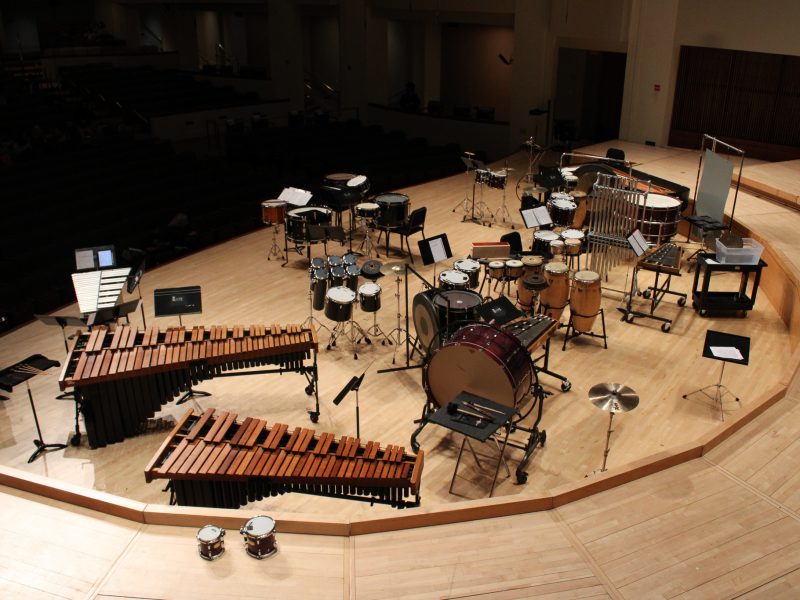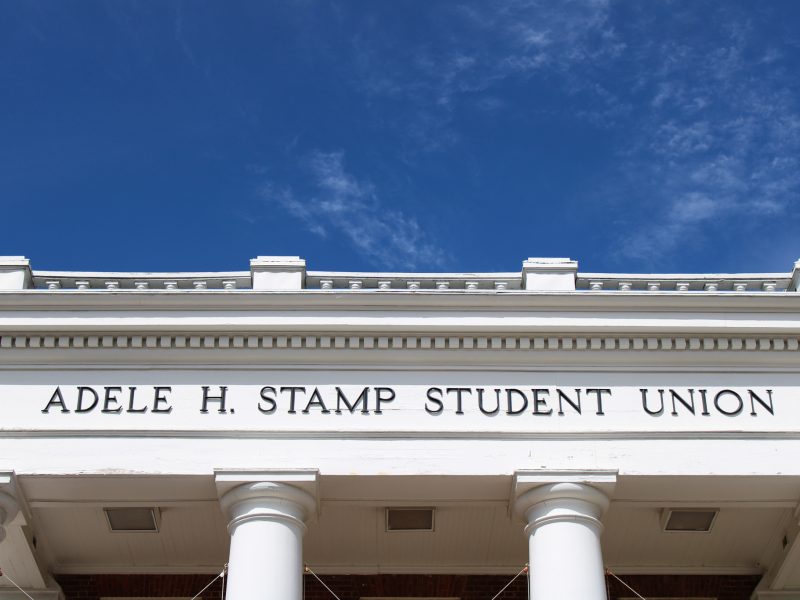‘Formation’ presents important visuals regarding police brutality and black pride
By Maeve Dunigan
Beyoncé is all about visuals: The iconic black-and-white “Single Ladies” music video; the towering, illuminated hand-on-hip pose that lit up her 2013 Super Bowl performance; the silhouette of her arched body balancing on a chaise in the “Partition” music video. The woman released an entirely visual album out of thin air with the nonchalance of a stewardess reviewing flight safety.
Her latest visual feat, the music video for her new single “Formation,” has been dubbed by The New York Times as “one of her most political videos yet.” The video deals with police brutality, the Black Lives Matter movement, societal beauty standards and appreciation for Southern black culture.
When separated from the lyrics or watched without context, the video could be misconstrued as a glamorization of Hurricane Katrina and its effect on New Orleans. But Beyoncé and “Formation” director Melina Matsoukas use this event as a backdrop not only to bring to light current tragedies involving police brutality, but also to celebrate the black Creole culture that Hurricane Katrina affected.
Identity plays a huge role in “Formation.” Beyoncé sings, “My daddy Alabama/ Momma Louisiana/ You mix that Negro with that Creole make a Texas bama.” She calls out the media sites that have judged her daughter’s black features, “I like my baby hair, with baby hair and afros/ I like my Negro nose with Jackson 5 nostrils.”
Beyoncé is unapologetically proud of who she is, what she looks like and where she is from, and she’s not afraid to use imagery that portrays those sentiments and speaks directly about causes she believes in.
The opening shot of Bey perched atop a police cruiser half-submerged in a body of water covering a Louisiana town is powerful. As she sits on her automobile throne, she disregards a theory about her association with the entertainment Illuminati (“Ya’ll haters corny with that Illuminati mess”), telling her audience that the conspiracy theorists and the paparazzi are missing the point. She’s about to make the real problems explicitly clear, in case her sitting on a police car wasn’t clear enough.
The New Orleans aesthetic that dominates the video does a great job of celebrating Creole culture while acknowledging the less glamorous side of living in the South. Shots of Beyoncé dancing in a lavish Southern mansion are juxtaposed against grainier footage of humble single-family houses, people in a working-class convenience store, a person eating seafood with their bare hands and a pastor delivering a sermon in an unpretentious church.
As the video nears its completion, a shot of a young boy standing in front of a line of armed policemen, all with their hands up, near a concrete wall with graffiti reading “stop shooting us” delivers a powerful blow. If that weren’t enough, the very last shots of the video show Beyoncé sinking beneath the water atop the very same police car she once rested safely upon.
Everyone knows that Hurricane Katrina and the floods it brought devastated hundreds of families in the South. The parallel between the havoc wreaked by the flood and the way in which police brutality has affected black communities is made clear with this final shot. Beyoncé is sending a message not only through the song but also through the visual art she’s created, and she’s hoping people will start paying attention.
‘Formation’ is well-meaning but doesn’t capture the gravity of racial tension in the U.S.
By Anna Muckerman
When Beyoncé dropped “Formation” just a day before her fiery Super Bowl appearance, the world lined up for a hip-shaking, head-held-high performance like the ones she’s built a name out of. But this time, the message was different.
In the “Formation” video, Beyoncé begins atop a New Orleans police car slowly sinking amid flooded houses. The image is haunting and twisted, yet beautiful, and hardly subtle: Hurricane Katrina. We see Beyoncé in different scenes and costumes reminiscent of the antebellum South. A little boy dances in front of a line of modern-day riot police.
Few would argue that Beyoncé’s stand is inappropriate. The bigger question is why it took so long for the Black Lives Matter movement to find its way into her music. As a well-known symbol of empowerment, her lengthy silence seems unnatural. And with such influence, it’s surprising she didn’t go further.
Without the video, the lyrics of the song minimally suggest her position on racial tensions. In fact, she spends much of the time talking about her own success (“Paparazzi catch my fly, and my cocky fresh/ I’m so reckless when I rock my Givenchy dress”).
She spends a few lines mentioning her Southern heritage, and although she talks about her pride as a member of the black community, it’s not exactly a clear response to the past year’s heightened racial tensions.
The shots of Beyoncé in the aftermath of Hurricane Katrina are particularly problematic. The serenely staged car surrounded by toylike houses is certainly eerie, but it does nothing to capture the horror and destruction of the real catastrophe. Beautiful Beyoncé perched atop her police car almost romanticizes the scene.
When juxtaposed with the definitive arguments of Kendrick Lamar’s To Pimp A Butterfly, “Formation” feels like a mainstream approach, as if Beyoncé is supporting popular opinion while being overly careful not to let politics supersede entertainment.
There’s no doubt the “Formation” video is beautifully executed and shows an exciting new side of the Beyoncé persona, but as she turns the image of Southern aristocracy on its head, she adds no representation of the impoverished communities or the horror of police brutality today. With Beyoncé as the central figure of almost every shot, it’s hard to feel her attempt to reference the black community as a whole. The video seems like the fanciful product of a great production team and a lot of money. Without a visual nod to the struggles on which the video’s entire premise is built, it just doesn’t hit as hard as it should.
Americans have latched onto Beyoncé as the perfect embodiment of a bold and confident woman, a role model who’s above reproach. While “Formation” is an artistic masterpiece deserving of its instant fame, Beyoncé played it safe instead of truly speaking up and using her influence to help the people who need it most.



